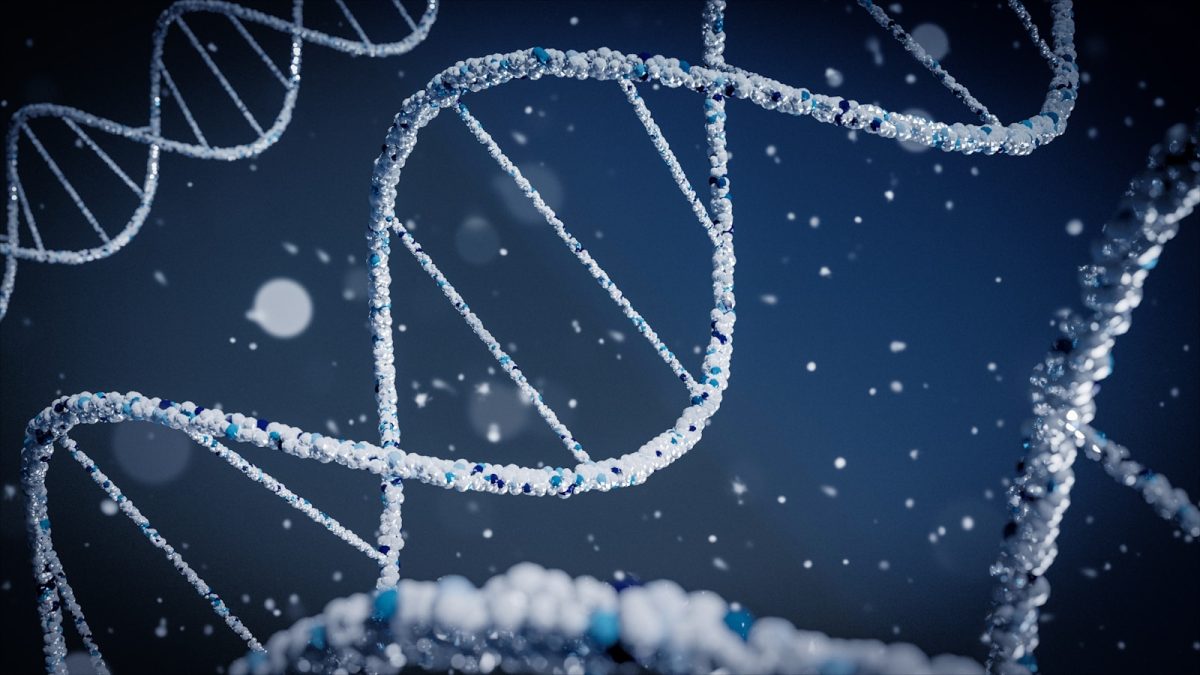In the ever-evolving landscape of criminal investigations, one of the most groundbreaking advances in forensic science is the concept of DNA shedding. DNA shedding refers to the unintentional release of an individual’s genetic material from their body, which can occur through sweat, saliva, skin flakes, or even microscopic hair strands. In 2025, this phenomenon could become a key tool in criminal investigations, enabling detectives to apprehend criminals faster and more accurately. This essay explorers how the shedding of DNA could assist law enforcement in catching perpetrators, enhancing investigative processes, and increasing the efficiency of justice systems.
Traditionally, criminal investigations have relied heavily on DNA evidence found at crime scenes-such as blood, hair, or bodily fluids-often left behind by suspects. However, the process of DNA collection and matching can be time-consuming, especially if the sample is degraded or poorly preserved. In recent years, forensic scientists have Detectives to track suspects in ways that were previously unimaginable. In 2025, new technologies and analytical methods may enhance the ability to detect and analyze traces of DNA shed by criminals during the commission of a crime.
One of the most significant advantages of DNA shedding is its potential to increase the chances of identifying criminals at earlier stages of an investigation. Criminals may inadvertently leave traces of their DNA behind, even if they do not directly interact with an object at a crime scene. For instance, the shedding of skin cells through sweat or a person’s breath could contaminate surfaces such as doorknobs, counter tops, or even the clothes of victims. These microscopic genetic traces could be picked up and analyzed by law enforcement long before they even know the suspect’s identity. Detectives would have a new avenue for investigation that would not rely solely on a suspect’s direct contact with the crime scene.
Moreover, the rapid development of DNA analysis techniques in 2025 will likely allow for faster processing of genetic samples. Innovations in portable DNA testing devices and advanced computational methods will enable officers to obtain results in a matter of hours or even minutes. This could dramatically reduce the time spent on investigations, allowing Detectives to act quickly and potentially identify suspects during or shortly after the commission of a crime. Additionally, new algorithms may make it possible to trace DNA to specific locations or individuals with incredible precision, providing crucial leads that would have been difficult to track otherwise.
Another promising aspect of DNA shedding is its potential to improve the accuracy of eyewitness testimony. In many criminal cases, witnesses may struggle to recall specific details about a suspect or the sequence of events. However, by analyzing DNA traces from the crime scene, Detectives could verify or challenge witness statements. DNA traces from the crime scene, Detectives could verify or challenge witness statements. DNA evidence could help corroborate an eyewitness’s account or, conversely, cast doubt on the reliability of a testimony, thus enhancing the overall integrity of the investigation.
As DNA shedding technologies improve, there is also potential for building more effective criminal databases. By collecting and analyzing DNA from a broader range of sources, law enforcement agencies could create more comprehensive genetic profiles for individuals. These databases could include not only the genetic material left behind at crime scenes but also traces from public spaces, improving the ability to link suspects to unsolved crimes and even prevent future offenses.
In conclusion, DNA shedding holds significant promise for revolutionizing criminal investigations in 2025. As scientific advancements enable faster and more precise DNA analysis, Detectives will be able to capture criminals with greater efficiency and accuracy. By harnessing this powerful toll, law enforcement can stay ahead of criminals, improving public safety and making justice more accessible.
RELATED STORIES
https://interestingengineering.com/science/dna-shedding-method-criminal-investigations
https://phys.org/news/2024-08-forensics-technique-individual-dna-aid.html
TAKE ACTION
https://dnadoeproject.org/donate/
https://seasonofjustice.org/donate/





